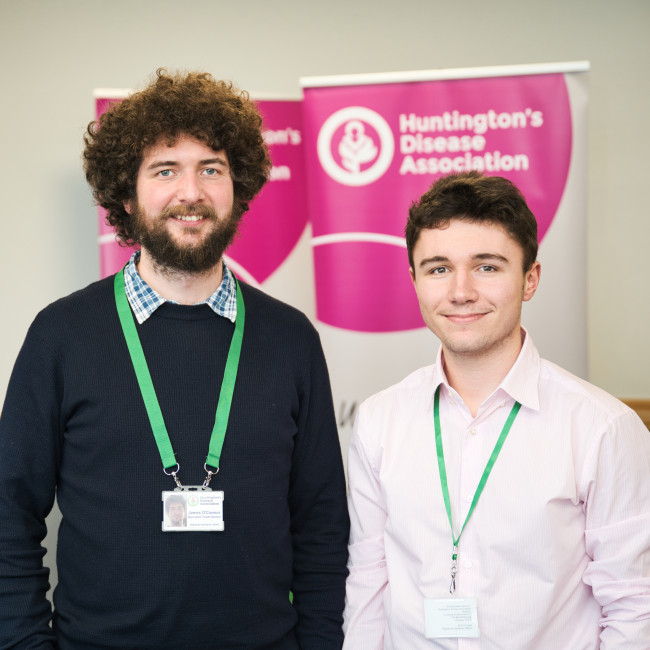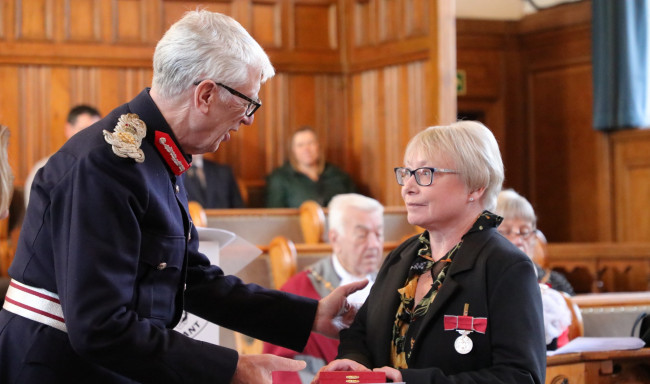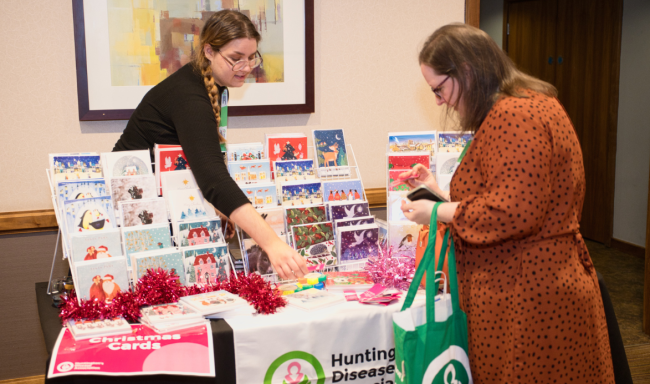Sleep in Huntington’s disease is a much-discussed albeit under-researched topic.
A study on sleep
Over the past 12 years, a study took place that has tracked 38 people who were gene-positive with Huntington’s disease and 36 people without Huntington’s. They used motion-sensitive wrist devices and overnight EEG recordings (a test that records brainwave activity). The study was conducted by Zanna J Voysey, Anna O G Goodman, Lorraine Rogers, Jonathan A Holbrook, Alpar S Lazar and Roger A Barker.
The study found that early-stage Huntington’s gene carriers showed reduced sleep efficiency, fragmented sleep, less REM sleep, and altered circadian rhythms (the body’s natural internal sleep-wake cycles) even before motor symptoms appeared.
All gene carriers were premanifest (yet to show symptoms) at the beginning of the study and around half had developed early Huntington’s disease symptoms by the end of the study. The sleep changes became abnormal more than ten years prior to people developing symptoms.
These changes recorded in the study were characterised by those with Huntington’s having lots of abnormal 'slipping' between different stages of sleep. Those with Huntington’s are not aware of this as they are asleep but it showed up on the EEG reports. Zanna J Voysey, Clinical Research Fellow stated:
We found that around 90% of Huntington’s gene carriers develop insomnia as they convert to manifest (displaying symptoms) Huntington’s. The worse people's insomnia was, the worse their cognitive problems, and the higher their blood markers of Huntington’s disease activity. While this study cannot say whether the insomnia was causing or contributing to any of this worsened cognition or disease activity, there is plenty of evidence to suggest that this could be the case.
Why is this knowledge important?
- Detecting Huntington’s progression early via sleep patterns could enable therapies before major neurodegeneration.
- Sleep measurement via wearables or EEG is less invasive and more scalable than some other biomarkers in studies.
- Sleep metrics could provide objective endpoints in evaluating new Huntington’s disease treatments.
Discussing what the next steps are for the sleep study, Zanna concludes:
We are now moving to intervention studies, where we will seek to treat insomnia in Huntington’s disease gene carriers to see if it improves cognition and/or disease activity. This is particularly exciting, as there are now many new insomnia treatments, which seem to be much healthier and to have a much better side effect profile than traditional 'sleeping pills'.
Study and funding details
Researchers
Zanna J Voysey , Anna O G Goodman , Lorraine Rogers , Jonathan A Holbrook , Alpar S Lazar , Roger A Barker
Funding
Z.J.V. was funded by an Association of British Neurologists/Guarantors of Brain Clinical Research Fellowship (G104701). J.A.H. was supported by the Cambridge Centre for Parkinson Plus Grant and Cure Parkinson Trust. A.S.L. was supported by funding from the UK Research and Innovation (ES/W006367/1) and the Wellcome Trust (207799_Z_17_Z). The study was additionally supported by the Cure Huntington Disease Initiative Foundation (CHDI-RG50786), the National Institute for Health Research (BRC-RG64473), the National Institute for Health Research Cambridge Biomedical Research Centre (BRC-1215–20014), the Wellcome Trust (203151/Z/16/Z, 203151/A/16/Z) and the UK Medical Research Council (MC_PC_17230).
Sleep monitoring methods
They used polysomnography (a device that records heart rate, breathing, oxygen levels, and muscle activity during sleep to assess sleep quality and identify disorders) and actigraphy (a wearable device that tracks movement and provides information on sleep patterns and circadian rhythms) to monitor the sleep of the participants.
Full study article
https://academic.oup.com/braincomms/article/7/2/fcaf126/8104166
We recently held a webinar on sleep in which 94 people registered to attend. The webinar was hosted by Prof Jenny Morton, Professor of Neurobiology at the University of Cambridge. Jenny has been interested in sleep in Huntington's disease for more than 20 years. She described some of her important findings from Huntington's disease, as well as recent studies from other labs. This came out at the same time as this really interesting research piece. We hope that going forward, we are able to discover more about Huntington's disease through sleep monitoring.




